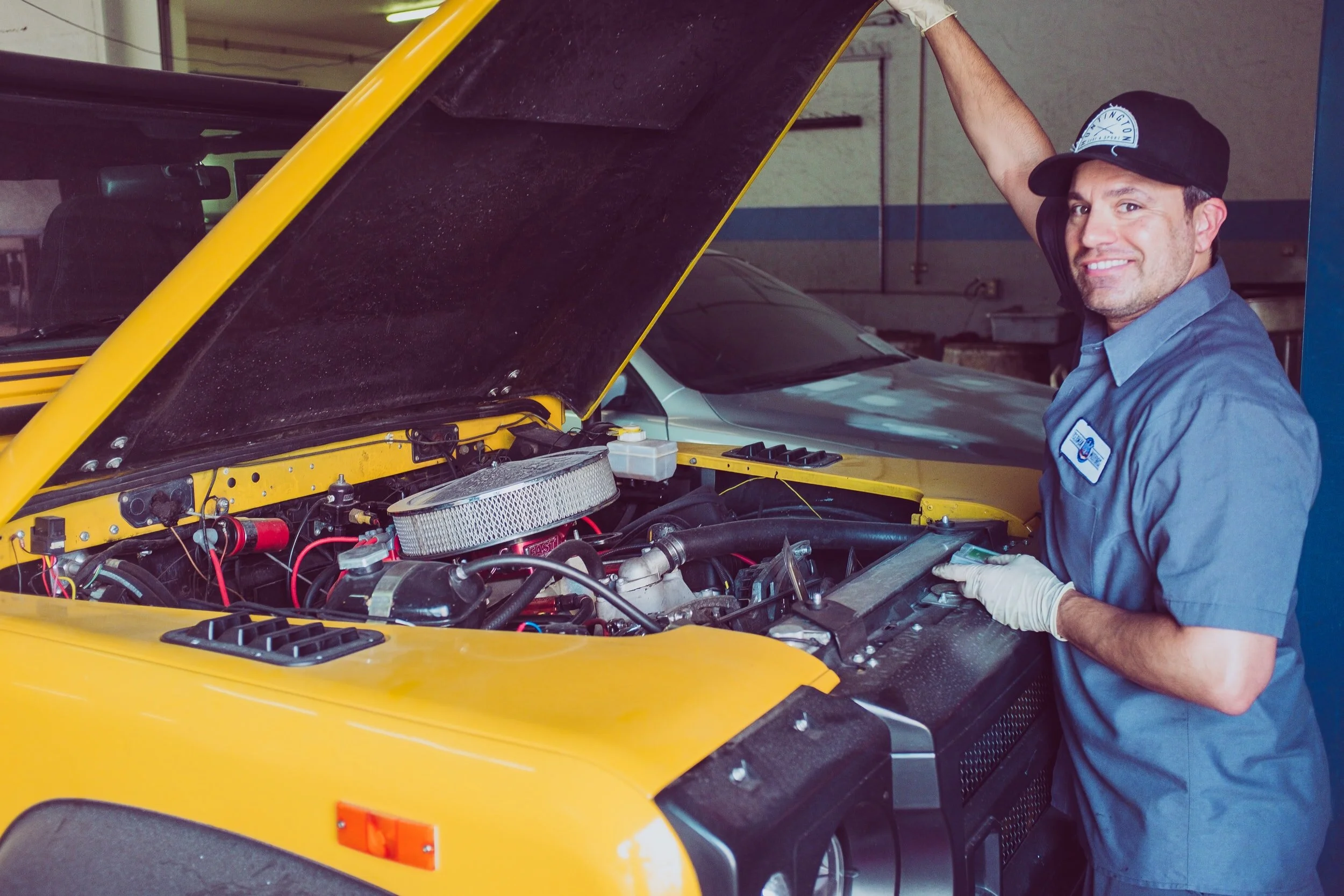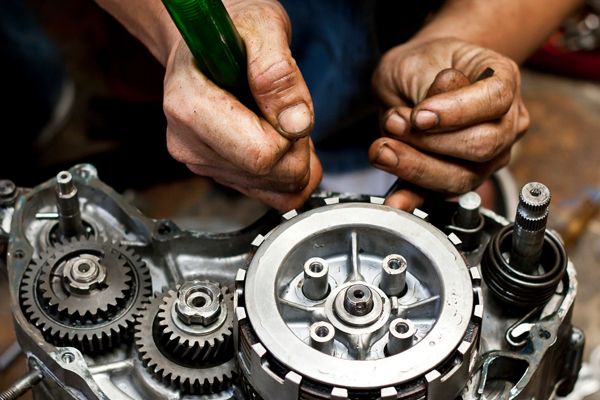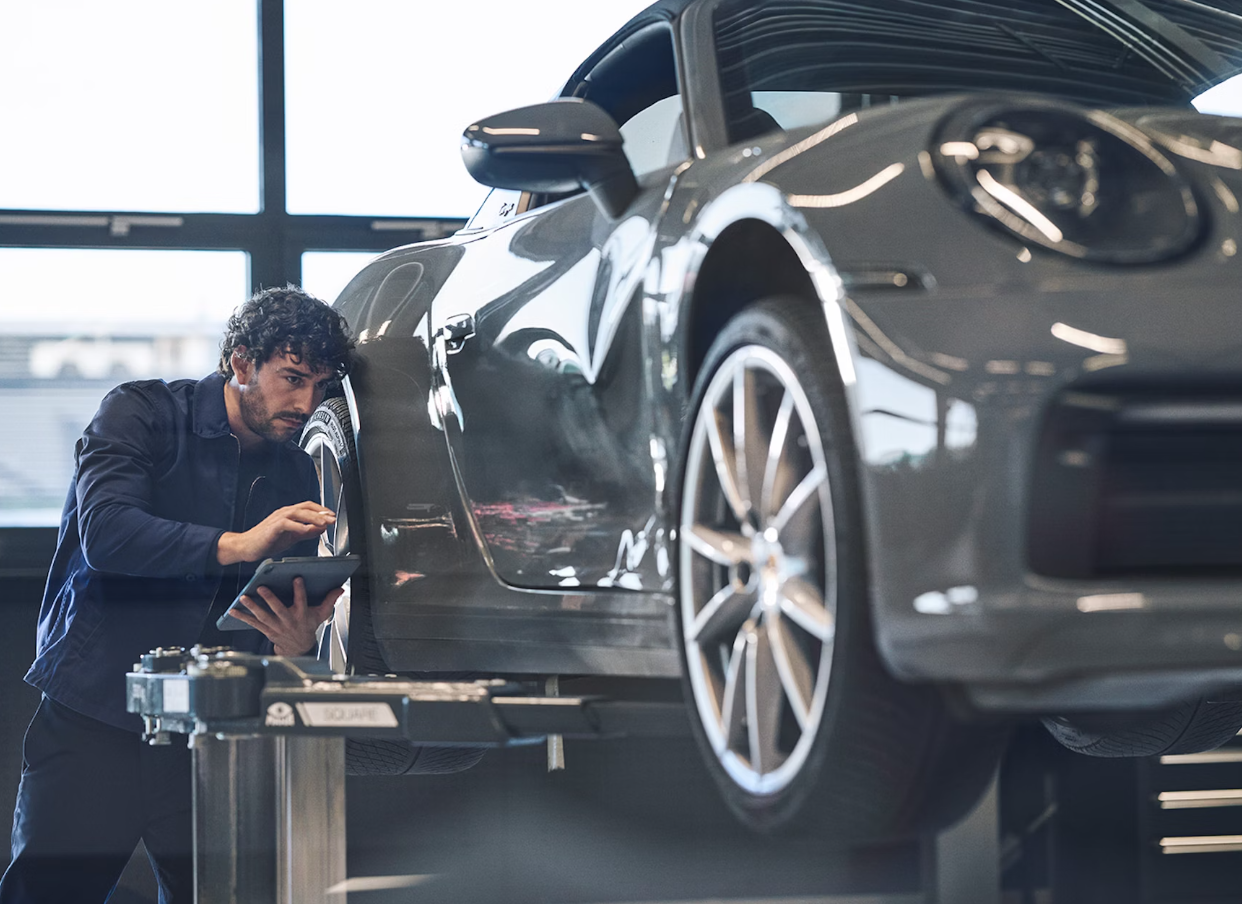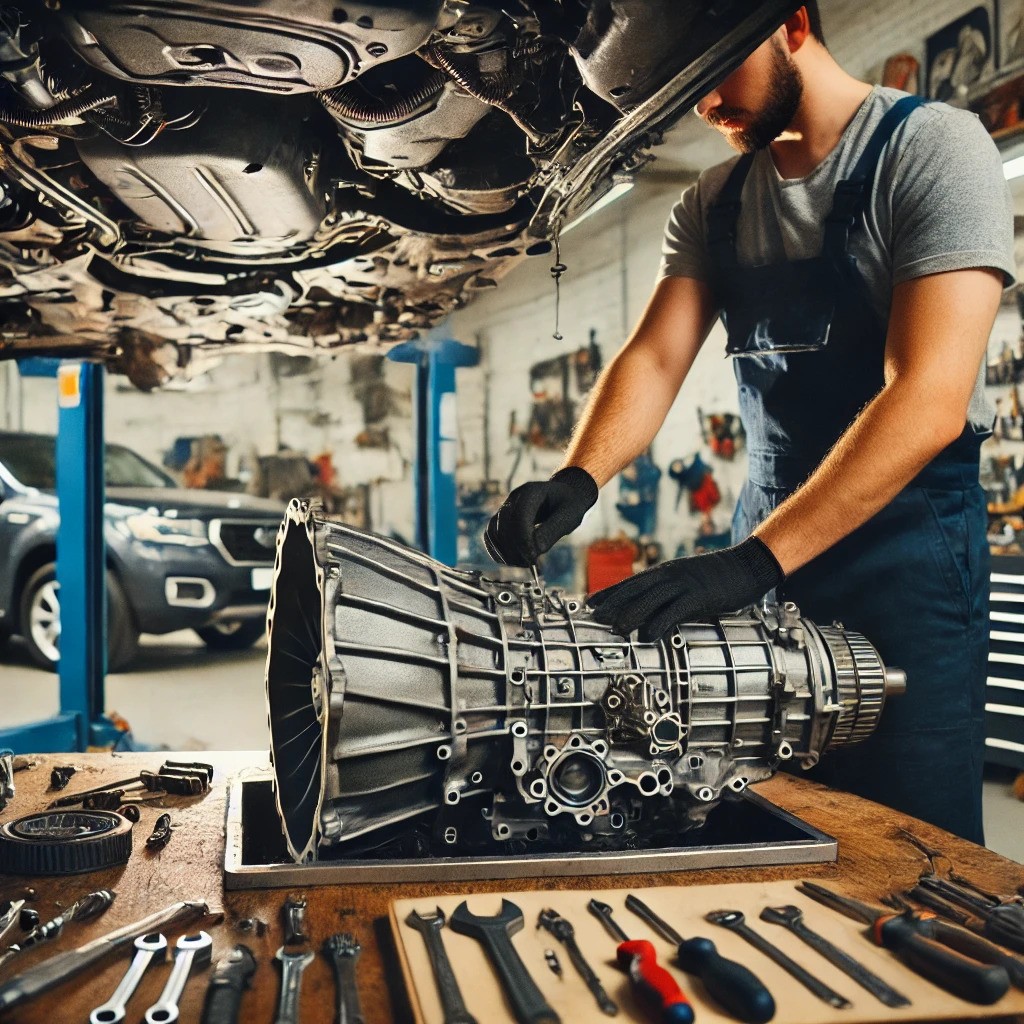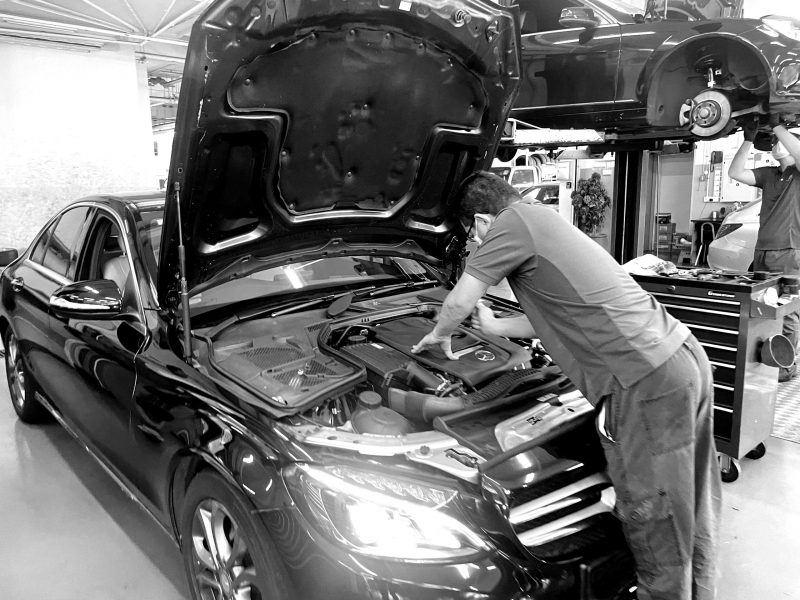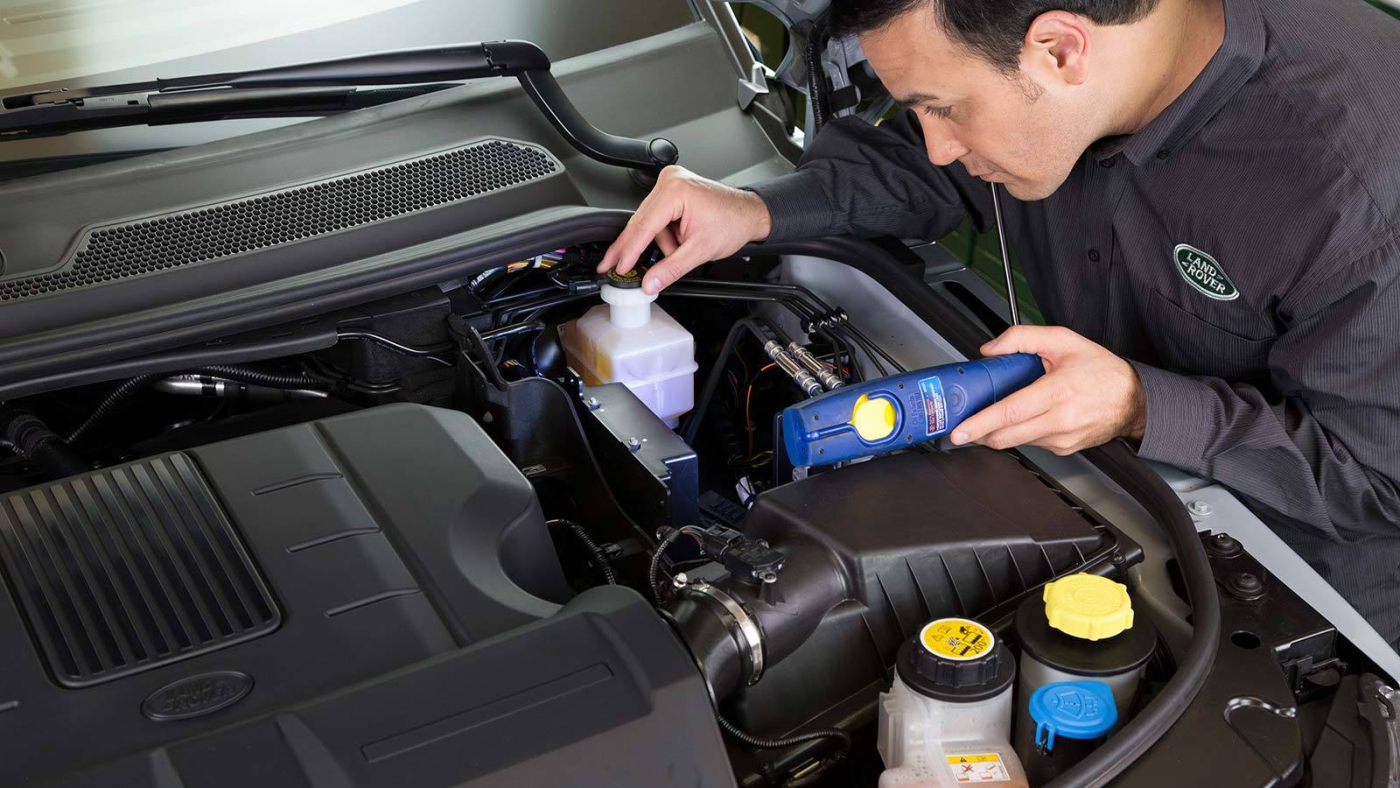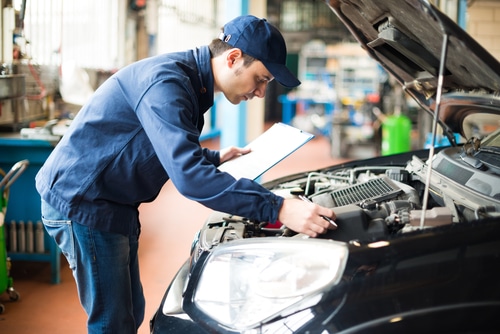Understanding Auto Transmission Overhaul
An auto transmission overhaul is one of the most comprehensive repair procedures your vehicle can undergo, designed to restore your transmission system to optimal performance. It involves taking apart the entire transmission, cleaning every component, replacing worn or damaged parts, and reassembling it with precision. Many car owners confuse an overhaul with a rebuild or a complete replacement, but an overhaul specifically focuses on restoring your original transmission to its best possible working condition. This process is ideal for vehicles showing significant wear but whose main components remain structurally sound. Misunderstandings often arise because some drivers believe an overhaul means simply changing the transmission fluid or replacing a few parts, but it is far more detailed and technical. When performed by certified technicians, an auto transmission overhaul can bring your vehicle’s performance back to factory standards and extend its lifespan significantly.
How Your Car’s Transmission Works
The transmission serves as the heart of your vehicle’s drivetrain system, transferring power from the engine to the wheels to keep your car moving efficiently. In automatic cars, it allows the vehicle to change gears seamlessly without driver input, making driving smooth and effortless. It is composed of various intricate components such as the torque converter, planetary gear sets, clutch packs, hydraulic systems, and sensors that work in harmony. Each part plays a crucial role in ensuring the right amount of power reaches the wheels based on speed and load. When any of these components fail, you might notice performance issues that directly affect your car’s acceleration, fuel efficiency, and handling. A well-maintained transmission ensures consistent gear shifting, smooth rides, and minimal mechanical stress on your vehicle’s engine. Understanding how the transmission works allows car owners to appreciate the importance of timely repairs, maintenance, and, when necessary, a complete overhaul.
Signs You Might Need an Auto Transmission Overhaul
Recognizing the signs that your car needs an auto transmission overhaul can save you from unexpected breakdowns and costly replacements. One of the most common symptoms is gear slipping, where your car suddenly changes gears or struggles to stay in one. You may also notice delayed shifting, where the transmission hesitates before engaging. Grinding or whining noises when changing gears, leaking transmission fluid, and the presence of a burning smell are strong indicators of internal damage. Another warning sign is the activation of the transmission warning light on your dashboard, which often points to electrical or hydraulic issues. Reduced fuel economy and sluggish acceleration also signal that your transmission is not functioning as efficiently as it should. Ignoring these symptoms can cause small issues to escalate into major damage, making an auto transmission overhaul a preventive solution rather than a last resort.
What Happens During an Auto Transmission Overhaul
The auto transmission overhaul process is meticulous and requires expert attention to detail. It begins with a full diagnostic check using advanced tools to identify all underlying issues. After diagnosing the problems, technicians disassemble the transmission completely to inspect every component thoroughly. All parts are then cleaned to remove debris, sludge, or metal shavings that can cause further wear. Worn or damaged components such as seals, clutches, bearings, and gaskets are replaced with new ones to ensure smooth performance. Once the components are restored, the transmission is carefully reassembled, lubricated, and installed back into the vehicle. Before returning it to the owner, mechanics perform road tests and computer diagnostics to verify precision and reliability.
Typical steps in the overhaul process include:
- Initial diagnostic testing and inspection
- Full disassembly and cleaning of all components
- Replacement of worn or defective parts
- Precision reassembly and calibration
- Road testing and performance verification
This detailed process ensures that the transmission functions like new, restoring your car’s responsiveness and driving comfort.
Benefits of a Proper Auto Transmission Overhaul
A properly executed auto transmission overhaul offers multiple advantages for both short-term performance and long-term vehicle health. One of the biggest benefits is the restoration of your car’s power and smoothness during gear shifts, leading to a better driving experience. The overhaul also prevents sudden mechanical failures that could leave you stranded or facing costly towing expenses. By replacing only the necessary parts, you save money compared to a full replacement while achieving near-new transmission performance. An overhaul helps extend the lifespan of your car, maximizing your investment and reducing the frequency of repairs. It also contributes to better fuel efficiency since a well-functioning transmission reduces engine strain and optimizes power distribution. Moreover, the renewed reliability gives drivers peace of mind knowing their vehicle is road-ready for long drives or daily commutes.
Common Causes of Transmission Damage
Understanding the causes of transmission damage helps prevent the need for premature overhauls. The most common cause is neglecting regular maintenance, especially fluid changes. Transmission fluid not only lubricates moving parts but also cools and protects internal components. When it becomes dirty or depleted, friction increases and parts wear faster. Overheating is another major factor that weakens seals and damages internal gears. Aggressive driving habits, such as abrupt acceleration or towing heavy loads frequently, also strain the transmission. Using the wrong type of transmission fluid can lead to improper lubrication and poor hydraulic pressure, further damaging the system. Many car owners also ignore early warning signs, allowing minor issues to worsen. By practicing preventive maintenance and paying attention to performance changes, you can greatly reduce the risk of severe transmission failure.
Cost Factors Involved in Auto Transmission Overhaul
The cost of an auto transmission overhaul varies depending on several factors, including the make and model of the vehicle, the extent of the damage, and the labor involved. Generally, an overhaul costs less than a full replacement because only necessary parts are repaired or replaced. However, luxury or high-performance vehicles with complex systems may require more expensive components. The technician’s expertise, diagnostic tools, and warranty coverage also influence the price. It’s important to remember that a quality overhaul performed by a reputable shop offers long-term savings by preventing recurring transmission problems. Investing in professional service ensures accurate diagnosis, the use of genuine parts, and lasting results that outweigh the upfront cost.
How to Choose the Right Auto Repair Specialist
Choosing the right professional for your auto transmission overhaul determines the quality and reliability of the repair. Look for shops that employ certified technicians who specialize in transmission systems and use state-of-the-art diagnostic tools. A trustworthy repair shop provides transparent quotes, explains the needed repairs clearly, and offers warranty coverage on both labor and parts. Reading online reviews and checking customer testimonials can help gauge service quality and reliability. Consider the shop’s years of experience, reputation, and after-service support. Avoid services that promise unrealistic turnaround times or unusually low prices, as they might cut corners on quality. Building a long-term relationship with a reliable auto repair specialist ensures you always have expert guidance when transmission issues arise.
Maintenance Tips After an Overhaul
After undergoing an auto transmission overhaul, following proper maintenance practices will help preserve your investment. Always check your transmission fluid regularly and replace it according to manufacturer recommendations. Avoid aggressive driving behaviors such as abrupt starts, excessive towing, or rapid gear shifting. Monitor your vehicle for any unusual noises or changes in gear performance and schedule inspections immediately if something feels off. Use only the correct type of transmission fluid specified for your car model to ensure proper lubrication and pressure balance.
Key post-overhaul care tips include:
- Perform fluid checks monthly
- Schedule annual transmission inspections
- Avoid overheating through proper cooling system maintenance
- Keep your vehicle load within manufacturer limits
- Address any leaks promptly
Consistent care after an overhaul ensures your transmission performs optimally for years to come and minimizes the need for future repairs.
Frequently Asked Questions (FAQ)
1. How long does an auto transmission overhaul take?
Typically, the process takes three to five days depending on the vehicle’s condition and part availability.
2. How often should a transmission be overhauled?
Most vehicles do not need an overhaul unless significant wear or internal damage occurs, usually after 100,000 miles or more.
3. Can I drive with a failing transmission?
Driving with a damaged transmission can worsen the issue and risk complete failure, so it’s best to have it inspected immediately.
4. What’s the difference between a rebuild and an overhaul?
An overhaul focuses on restoring the transmission’s original performance by replacing only necessary parts, while a rebuild may include more extensive reconditioning or component upgrades.
5. Will my vehicle perform like new after the overhaul?
A properly executed overhaul can restore your transmission to near-new performance levels, providing smooth gear shifts and reliable power delivery.
Takeaway
An auto transmission overhaul is an investment in your vehicle’s performance, safety, and longevity. By addressing wear and restoring critical components, it ensures your car operates efficiently for many miles ahead. Working with skilled professionals, maintaining your transmission regularly, and responding promptly to early warning signs will help you enjoy smoother rides and peace of mind on every journey.

